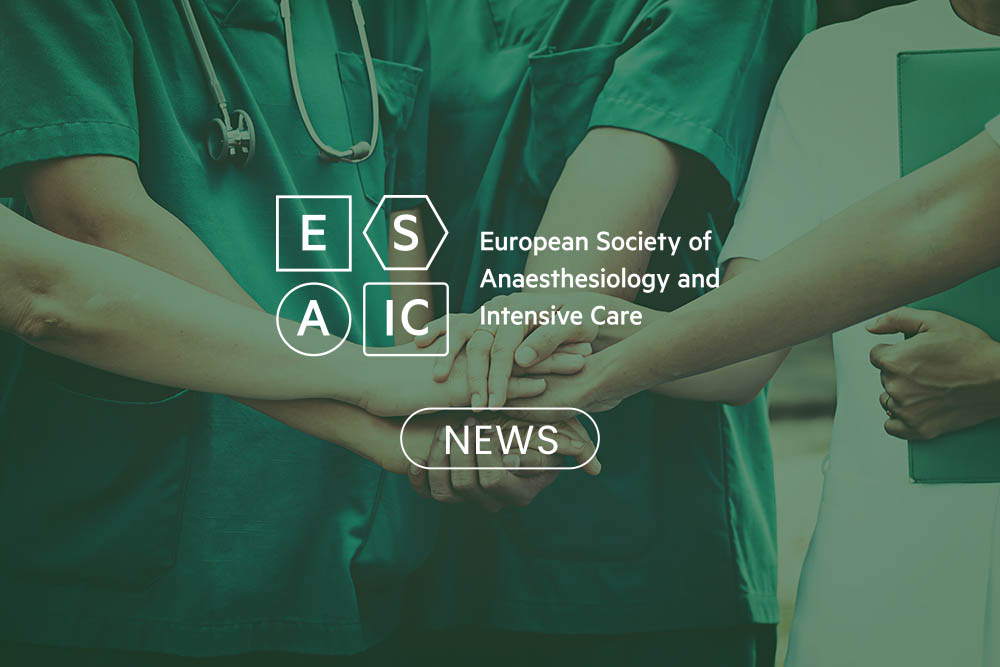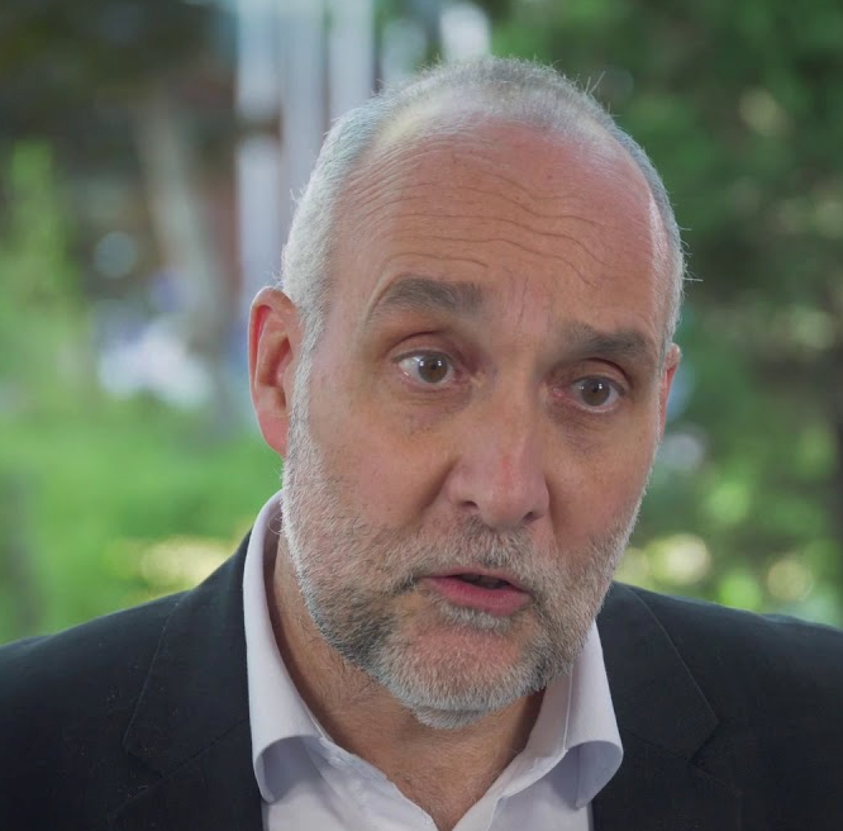Newsletter 2023
Sir, the patient is yours!
Author:
Gabriel M.Gurman, Chief Editor
This was the sentence used almost 200 years ago in Boston, Mass Generre by Bill Morton in order to inform the surgeon, John C. Warren, that he could start operating on the first ether-anaesthetised patient in the written history.
I have no doubt that Morton, saying this, did not refer to Mr Abbot’s (the patient) general condition. Morton knew nothing about his patient’s medical situation and met him only a few minutes before starting the induction.
Two centuries later, even if the modern anaesthesiologist does not use the same words to announce to the surgeon that he/she can start the surgical intervention, both sides know for sure that their patient is, at that very moment, in a medical condition which would allow a safe surgical and anaesthetic procedure and offer a good outcome after.
Anaesthesiology, as a profession, is a relatively young medical speciality.
In the year of 1839 a well-known French surgeon, Alfred Velpeau, wrote: “The escape from pain in surgical operations is a chimera…’Knife’ and ‘pain’ in surgery are words which are always inseparable in the minds of patients”.
The revolution started with William Morton in the United States and Joseph Clover in England, but the anaesthetic act’s success was far from assured.
“Unfortunately, chloroform was also deadly. Within weeks, the first death from chloroform anaesthesia had been reported. Hannah Greener, a young girl having an ingrown toenail removed, died within three minutes of the commencement of the chloroform anaesthetic. Similar deaths followed, some of the patients seemingly fit and healthy prior to the procedure. There were many theories and a great deal of confusion about these deaths, sparking a debate that was to continue until the 1920s”. (1)
The way to safety anaesthesia was long and cumbersome, but the result was incredibly good. Today, with more than 230 million surgical procedures performed annually worldwide (2), the overall anaesthesia mortality for ASA 1 patients is between 1:150,000 to 1:250,000 (3,4).
More than a year ago, in my editorial for the ESAIC Newsletter (5), I quoted Gottschalk et al paper (6), which mentioned the fact that as of today, anaesthesia-related mortality in patients without relevant systemic disease is very low, at 0.4/100,000.
But looking only at the giant step towards a very significant decrease in mortality related to anaesthesia, it would ignore the fact that “safe anaesthesia” means much more than surviving the anaesthetic-surgical act.
Not less important is how the patient’s quality of life would be once discharged home.
Nothing of what would be mentioned here is unknown to the average anaesthesiologist. Still, I have the feeling that the following data and thoughts deserve to be remembered when we speak about safe anaesthesia and patient safety.
I should start with the simple fact that any serious complication during surgery and anaesthesia, like severe and prolonged hypotension or hypoxia/anoxia, could lead to severe neurological damage, leaving the patient in a permanent coma.
Neuroaxial anaesthesia could leave the patient handicapped because of the neurological damage produced at the spinal cord level.
An unnoticed episode of awareness during general anaesthesia could lead, if neglected postoperatively, to post-traumatic stress syndrome (PTSS), with dire psychological consequences for an extended period of time.
Not only once, but a traumatic manoeuvre of tracheal intubation also produces dental injuries (in some reports up to 12%) {7}, and a medial antebrachial cutaneous neuropathy could follow an axillary block (8), a lesion complicated to be treated.
However, the long-term secondary effects of anaesthesia represent a severe concern for the average practitioner.
Homburger and Meiler wrote (9): “There is a growing body of evidence, bringing forth new information, that perioperative events and care decisions may affect patient morbidity and mortality for months or maybe even years after surgery”
Death during the first year after surgery is primarily associated with the natural history of preexisting conditions. Still, Monk et al. (10) reported that some factors related to anaesthesia could influence one-year mortality, such as cumulative deep hypnotic time (monitored by BIS) and duration of intraoperative hypotension.
Anaesthesia was mentioned, among other factors, as being responsible for late myocardial infarction or stroke, but the most serious post-anaesthesia implication is related to malignant diseases and the long-term effect of anaesthesia on their course.
For instance, Lindholm et al. (11) found out that 1- and 2-year mortality because of malignancy was increased in patients who, during a previous general anaesthesia, had a BIS lower than 40 for more than 5 minutes. In a study on mice, Bar Yosef et al. (12) reported that the addition of spinal blockade to general halothane markedly attenuated the promotion of metastasis by surgery.
Finally, Gottschalk et al. (13), on 669 patients undergoing colorectal surgery (50% under epidural and 50% under general anaesthesia), reported that the epidural group was associated with a lower cancer recurrence in patients older than 64.
Medicine, and of course, anaesthesiology, is not mathematics and incidents and accidents could happen even in the best hands and after taking very minimal precautions. Our patients become older and sicker, and actually, today, there is no absolute contraindication to perform any anaesthesia on any patient. However, their incidence could be reduced to a minimum if everything is done in accordance with the literature indications, guidelines, and protocols, doubled by a solid clinical experience.
This is why the European Board of Anaesthesiology, the Patient Safety Committee of the European Board of Anaesthesiology, and the Taskforce on Patient Safety of the European Society of Anaesthesiology published 15 years ago the Helsinki Declaration on Patient Safety in Anaesthesiology (14). The Declaration recommends practical steps that all anaesthesiologists who are not already using them can successfully include in their own clinical practice. It emphasises the fact that “Patients have a right to expect to be safe and protected from harm during their medical care and anaesthesiology has a key role to play improving patient safety perioperatively.”
Also, the World Federation of the Societies of Anaesthesiologists (WFSA) published on various occasions their international standards for a safe practice of anaesthesia, the last time in 2018 (15), in which it expressed the fact that access to safe anaesthesia for essential surgery is a basic human right and should be available to all patients irrespective of their ability to pay”.
There is no need to go through all the recommendations included in these two documents, but I advise the reader to find them and allocate enough time to understand and retain the main directions.
They both refer to some essential steps in assuring the safety of the surgical patient: preparation for anaesthesia, choosing the most appropriate technique and monitoring equipment, continuing strict supervision in the immediate postoperative period and, last but not least, being alert to any dangerous change in patient condition in the perioperative period, in order to intervene as soon as possible.
I am taking this opportunity to remind you of the fact that “anaesthesia is not safe by itself. It is our presence and expertise that makes it safe” (16).
References
- Ball C. The chloroformist, Melbourne University Press, 2021, pp70
- Weiser TG et al. Lancet. 2008; 372:139–44
- Gibbs N, Rodoreda P Anaesth Intens Care 2005;33:616
- Fasting S Tidsskr Nor Laegerforen 2010; 130:498
- Gurman GM. Editorial. ESAIC Newsletter January 2022
- Gottschalk A et al. Dtsch Arztebl Int 2011; 108: 469
- Vogel J. Dental Surg 2009; 25:73
- Jung MJ Ann Rehab Med 2013; 37:913
- Homburger JA, Meiler SE Curr Opin Anesth 2006;19:423
- Monk TG et al. Anesth Analg 2005; 100:4
- Lindholm ML et al. Anesth Analg 2009; 108:508
- Bar Yosef S et al. Anesthesiology 2001; 94:1066
- Gattschalk A et al. Anesthesiology 2010; 113:27
- Mellin-Olsen, J et al. Eur J Anaesth 2010;27:592
- Gelb A.et al. Can J Anesthe 2018; 65:698
- Silverstein JH. ASA Newsletter 1999; 63:7)










